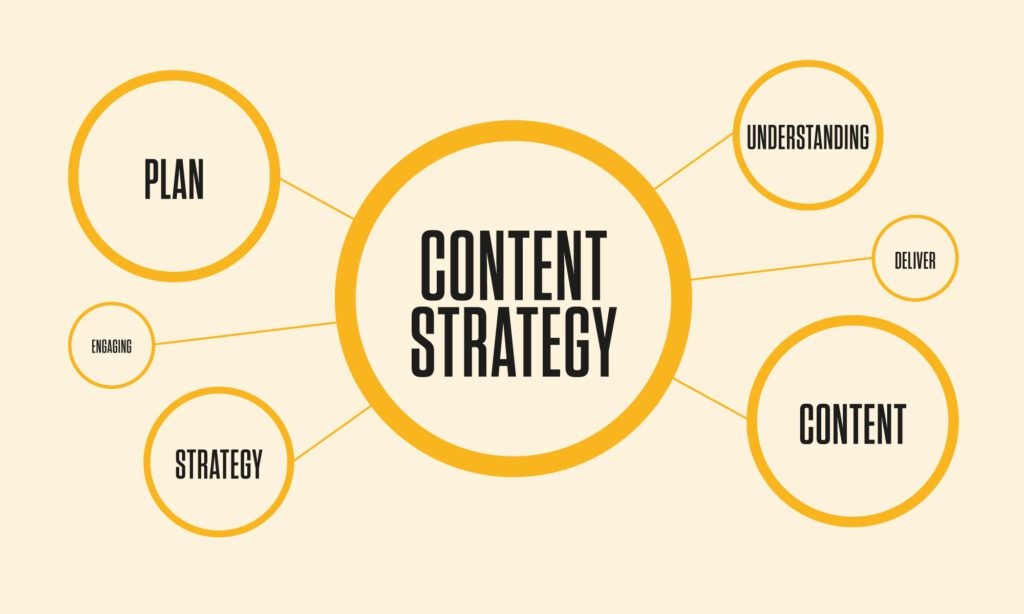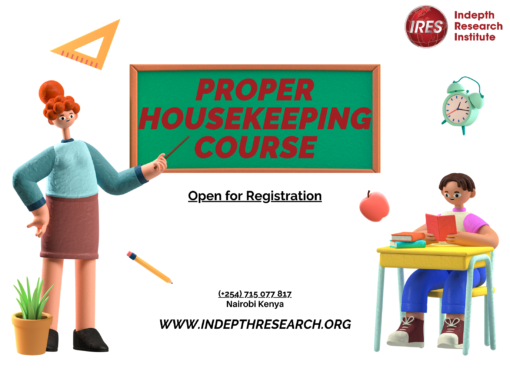In today’s digital age, nonprofits face unique challenges and opportunities when it comes to communicating their message, engaging their target audiences and driving donations. Content marketing has therefore emerged as a powerful tool for NGOs to achieve these goals effectively. In this comprehensive guide, we’ll take you through the key steps and strategies to harness the full potential of content marketing for your nonprofit.
Contents
Understanding the Essence of Content Marketing
Before diving into the specifics, it’s crucial to grasp the fundamental concept of content marketing. At its core, content marketing involves creating and distributing valuable, relevant and consistent content to attract and engage a target audience. For nonprofits, this content serves as a means to raise awareness, educate, inspire action, and ultimately, further their mission.
As a result, content marketing goes far beyond traditional advertising and promotional approaches. It’s about building meaningful connections with your audience by providing them with information and resources that resonate with their values and interests. Crucially, content marketing helps nonprofits with their core objective: Social and Behavioural Change Communication.
After understanding the essence of content marketing, it’s only logical you grasp the process of acing it. Here’s a step by step guide to content marketing for nonprofits:
1. Defining Your Nonprofit’s Goals
The first step to any succesful content marketing effort is to define your organization’s goals. Nonprofits are not any different in this regard. Successful content marketing begins with clear objectives. You therefore need to ask yourself:
- What is your nonprofit’s mission? Your content should align with your core mission and values. As a result, every piece of content should contribute to the greater purpose you’re striving to achieve.
- Who is your target audience? Understand your audience’s needs, interests and behaviors to create content that resonates. Your audience are the primary target of your nonprofit operations. You should therefore consider creating detailed audience personas to guide your content creation efforts.
- What do you want to achieve? Define specific goals, whether it’s increasing donations, growing your volunteer base or raising awareness about a particular issue. Your goals will shape your content strategy and help you measure success.
2. Building a Solid Content Strategy


A well-defined content strategy is the backbone of your content marketing efforts. It defines the who, what, why, how, when and where of your content. Here’s how to create one:
Audience Research
Unlike traditional media, the new media prioritizes two-way communication. As a result, your audience becomes your content guide of sorts. You should therefore prioritize audience research for successful content marketing outcomes. Conduct surveys, interviews, and data analysis to understand your audience’s preferences and pain points. By knowing your audience inside and out, you can create content that truly resonates with them.
Content Calendar
Professionals within the NGO sector can get very busy sometimes. As a result, content creation and marketing efforts can get lost in all the hustle and bustle of non-profit work. Therefore, you need to create a content calendar to plan and schedule your content in advance. This calendar should align with your nonprofit’s goals and events. It ensures that your content is consistent and relevant.


Content Types
As communicators and marketors, our target audiences can get bored easily with our content. Our brand message can therefore be lost with monotony. Thankfully though, diversifying your content portfolio can mitigate this. You can utilize blog posts, videos, infographics, webinars, podcasts and case studies. Different content types cater to different audience preferences and learning styles.
Storytelling
Brand identity is neither corporate colours nor logos. It isn’t even the tag line. Brand identity is the impact that our target audiences associate with our organizations. This is why brand storytellingg os so crucial in content marketing. Consequently, you should weave compelling narratives that connect emotionally with your audiences. Share stories of impact and success, illustrating how your nonprofit is making a difference in the world.
SEO Optimization
For your content to be discoverable to your audience, you need to rank highly in search engines. This is where SEO optimization comes into play. You should therefore incorporate relevant keywords to improve your nonprofit’s visibility. This helps both stakeholders and target populations find your content more easily.
Read Also: Top Digital Skills Every Manager Should Master
Calls to Action (CTAs)
Every piece of content should include clear CTAs to encourage action. Whether it’s donating, signing petitions, volunteering, or sharing your content, make it easy for your audience to take the next step.
Distribution Plan
Identify the channels (social media, email, website) where your audience is most active and distribute your content strategically. Consequently, you need to tailor your content for each platform to maximize its impact.
3. Crafting Engaging Content
For obvious reasons, there is no content marketing without captivating content. To create content that captivates your audience, you need to create content that educates and informs. You could offer insights, tips, and guides that provide value to your audience.
Additionally, you could inspire your audience by sharing stories of beneficiaries, volunteers, and team members. This is because people connect with stories of real individuals whose lives have been positively impacted. You could also utilize high-quality images, videos, and graphics to make your content visually appealing and shareable.
4. Measuring Success


Nonprofits primarily are impact oriented. It’s therefore crucial to measure the successes of campaigns and interventions. You could do this by tracking key performance indicators (KPIs). These indicators may include the following:
- Website Traffic. You should monitor the number of visitors, page views, and bounce rates on your website. This will help you understand which pages and content are most popular and engaging.
- Social Media Engagement. Track likes, shares, comments and follower growth. Social media metrics provide insights into how well your content resonates with your audience.
- Conversion Rates. Measure how many visitors take desired actions, such as making a donation or signing up for your newsletter. Conversion rates indicate the effectiveness of your CTAs and content in driving action.
- Email Metrics. Analyze open rates, click-through rates, and email list growth. Email remains a powerful communication channel for nonprofits, and these metrics reflect the effectiveness of your email campaigns.
- Donations. Keep a record of donation amounts, sources, and trends. Tracking donations tied to specific content or campaigns helps you understand the financial impact of your content marketing efforts.
5. Adapting and Evolving
Content marketing for nonprofits is an ongoing process. Regularly review your strategy, analyze performance data and adapt to changing circumstances and trends. Listen to feedback from your audience and be open to experimentation. The digital landscape is constantly evolving and your content strategy should evolve with it to remain relevant and effective. Crucially, use analytics data from tools like Google Analytics for corrective adjustments in order to maximize impact.
See Also: An Upskilling Guide to Digital Communication
In conclusion, content marketing offers nonprofit organizations a powerful means to connect with their audience, share their mission, and drive positive change. By defining clear goals, creating a robust content strategy, crafting engaging content, and measuring success, nonprofits can make a significant impact and build a community of passionate supporters dedicated to their cause. Remember that effective content marketing is not just about what you say but how you say it, and the impact it has on those who engage with your message. Crucially, to be adept at content marketing, you need to enrol in corporate training programs that are specially designed to suit your needs and preferences.
I’m a passionate communications professional with a flair for crafting compelling brand stories and driving impactful communications and marketing campaigns. With a background in public relations (PR) and marketing, I help shape narratives in today’s fast-paced digital landscape.








Comment here